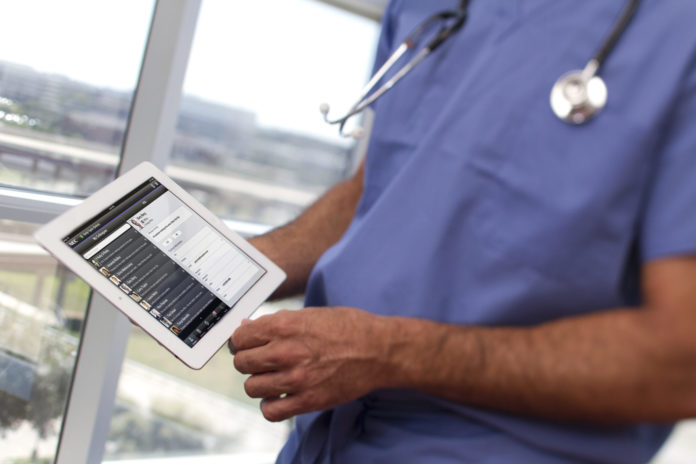A recent vendor-funded study showed that passive monitoring technology could bring savings to skilled nursing operators — and at least one operator agrees.
The Allure Group, which owns six skilled nursing facilities in New York, is in the process of implementing contact-free continuous monitoring (CFCM) from EarlySense in all of its facilities.
“Remote monitoring is kind of the way of the future, whether it’s through telemedicine or whether it’s through contact-free monitoring,” Matthew Fenley, chief marketing officer at Allure told Skilled Nursing News.
The technology transmits real-time data on heart and respiratory rates and movement level via a sensor placed under a patient’s mattress. Allure has implemented the technology in three of its sites, with the third about 75% finished, Fenley said.
About 700 of the Brooklyn, N.Y.-based Allure’s beds have the sensors, and when it is placed in all six Allure buildings, more than 1,500 beds total will be equipped with CFCM technology.
All Allure facilities are expected to be up and running by May of this year, Fenley said.
The company began implementing the technology in November 2017, and as a result, extensive data is still lacking, according to Fenley. But the sensors have already caught several instances of cardiac and pulmonary issues, he said. Eight falls were prevented within the first month of implementing the technology, he added.
Another benefit is patient comfort.
“It’s so unintrusive versus in a hospital setting, where you’re coming from an area where you’re hooked up to all these wires, all these monitors,” Fenley said.
Indeed, most monitoring technologies were initially designed with the ICU in mind, Avner Halperin, CEO of Israel-based EarlySense, told SNN.
“Lower-acuity environments such as general-care floors of shops and skilled nursing facilities where the patient tends to be more mobile, you don’t want to encumber them with things on their body,” he observed.
Cost Concerns
A white paper from Frost & Sullivan (F&S) that was commissioned by CFCM provider EarlySense estimated that the average post-acute care facility in the U.S. could increase profits by 13% and revenue by 22%.
But expenses could also increase, the white paper found, and though it included a cost of $5 per patient day, that number was provided to F&S by EarlySense. Allure’s leadership declined to provide specifics of its financial investment, though “it’s definitely a large undertaking” due both the costs of equipment and orienting staff, Fenley told SNN.
To pay for the technology, facilities begin using the system right away and pay at the end of the month for the number of days they actually use the system, Halperin explained. This system was established with an awareness of the narrow margins many post-acute facilities face, he said.
However, if another provider in a given SNF’s region is using EarlySense’s technology, there might be a waiting period.
“When we go into a new region, one of the things we look at sometimes as a way to get people to put their best foot forward is to work with one leading customer to be the first to implement and have a time window where they’re the only ones in that region,” Halperin told SNN. He declined to provide details on how long the exclusivity agreements are, but “obviously it’s a time-limited period,” he said.
Even with the waiting period, Halperin expects EarlySense to have coverage of “practically the whole continental USA” by the end of 2018. There’s demand for the technology EarlySense provides, he said, especially as SNFs begin to handle residents with higher and higher levels of acuity.
“The level of acuity of patients that we see in SNFs is equivalent to what we saw in hospitals a few years ago,” he said. “SNFs will go on that route within the next five years and after that point, it will be a standard of care that every patient in a SNF will be monitored.”
Written by Maggie Flynn



